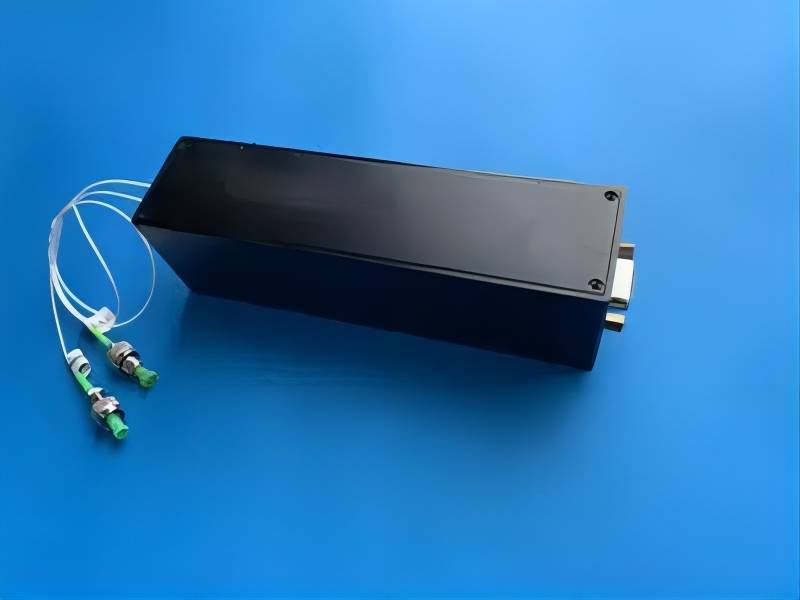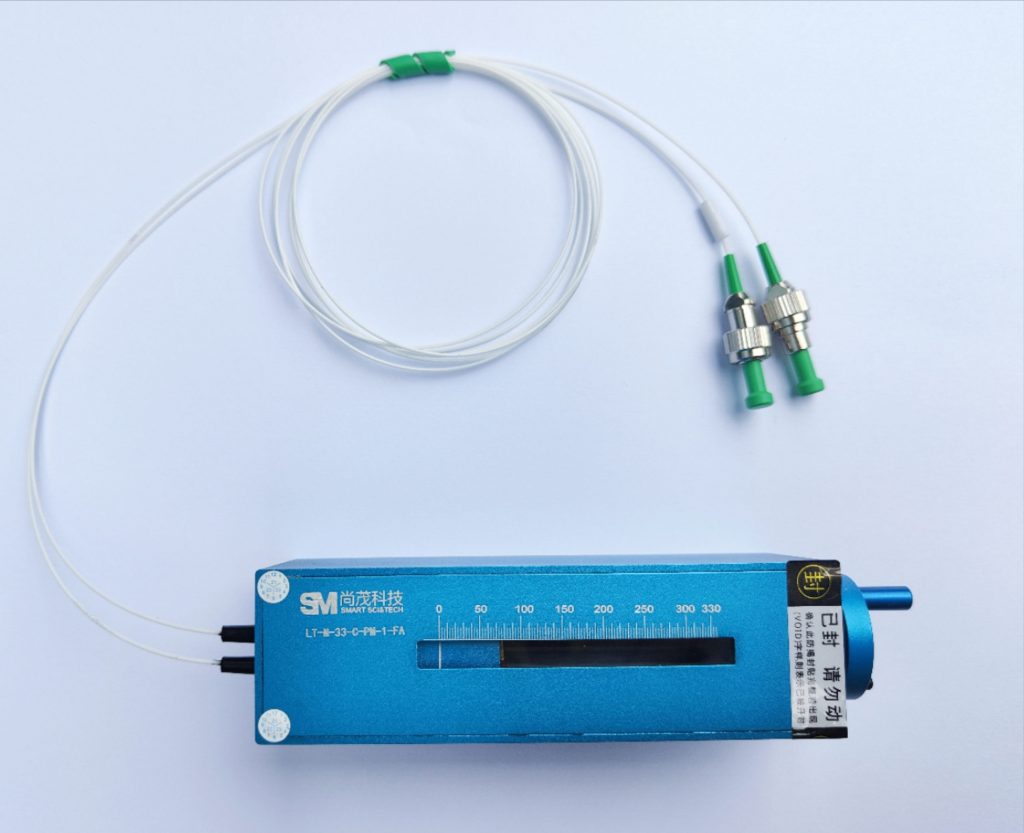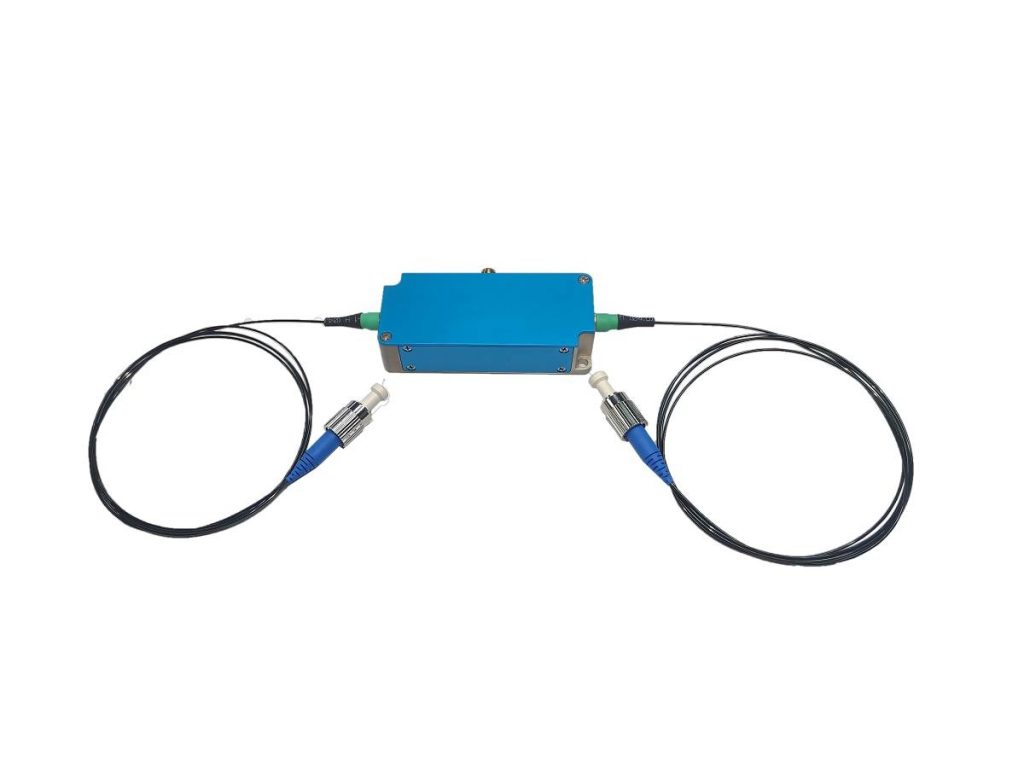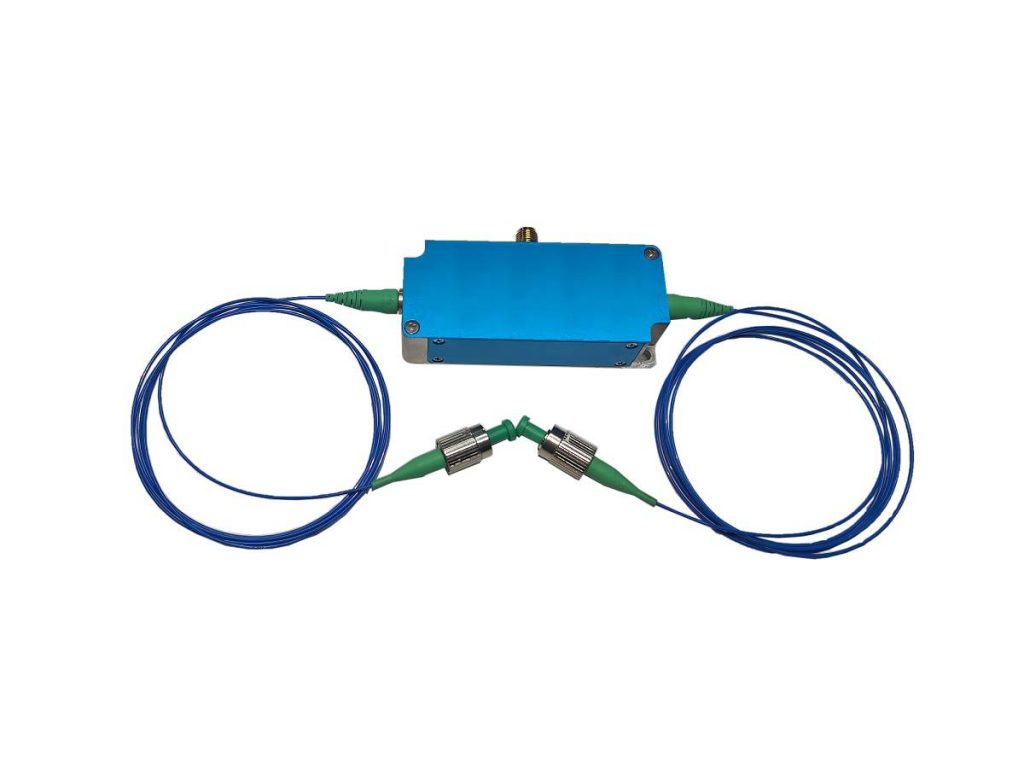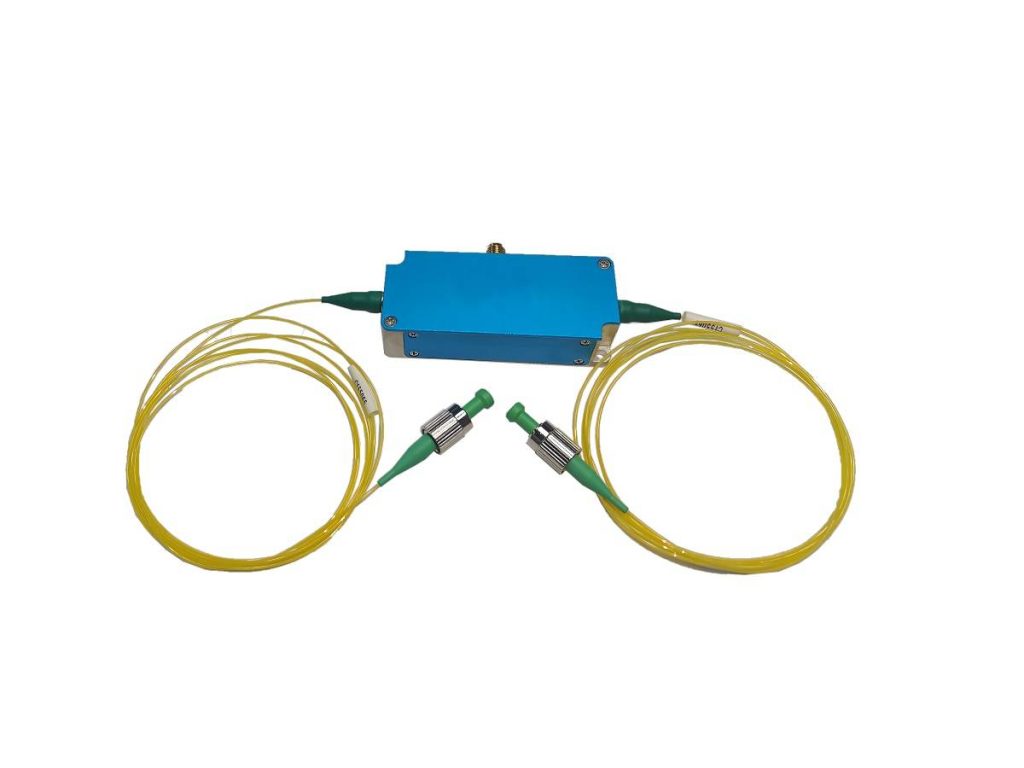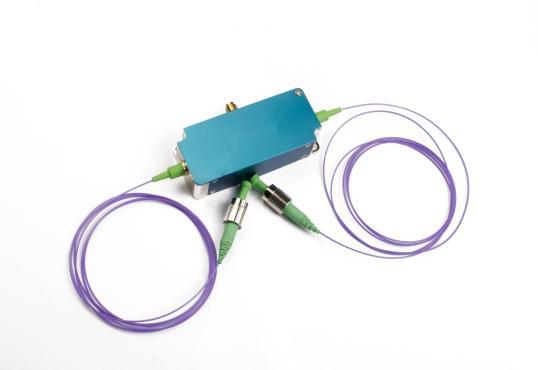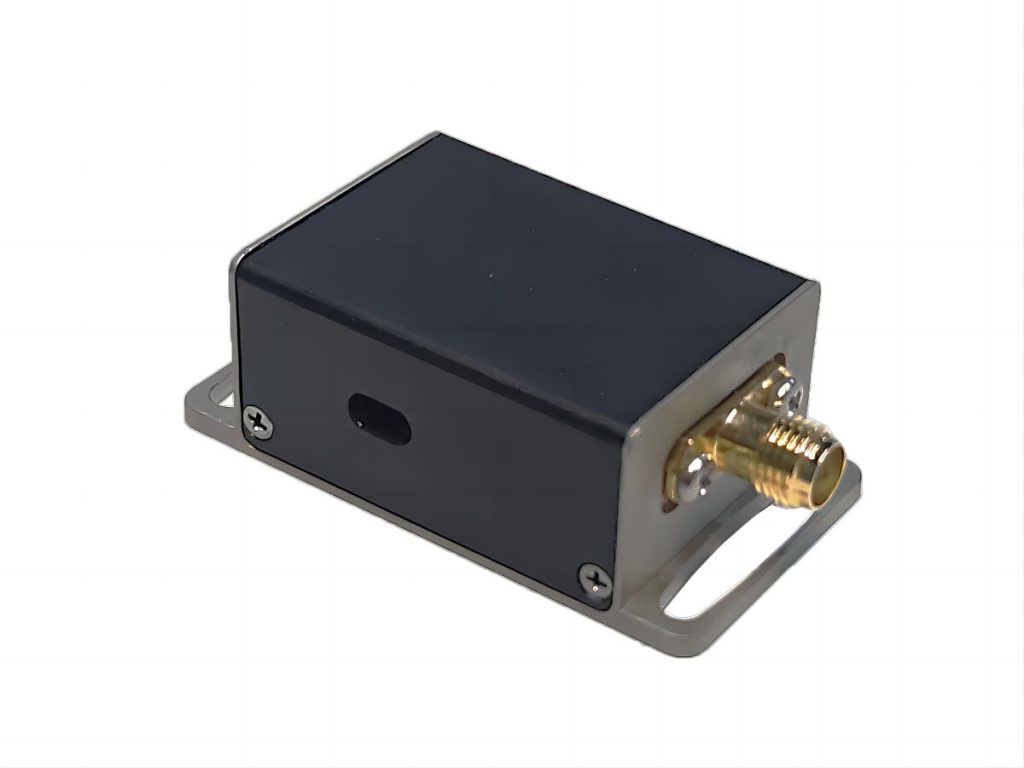Optical Delay Lines: Controlling the Flow of Light for Precise Applications
In the realm of photonics, where light governs information flow and scientific discovery, precise control over the timing of light pulses is often paramount. This is where optical delay lines (ODLs) come into play. These meticulously designed devices introduce a calculated delay into light signals, achieving this feat by manipulating the path length that light travels within the ODL. Since light slows down when it interacts with materials compared to traveling through a vacuum, increasing the path length inside the ODL translates to a measurable delay for the light pulse. This ability to manipulate the timing of light signals makes ODLs valuable tools in a wide range of applications, from medical imaging to high-speed communication systems.
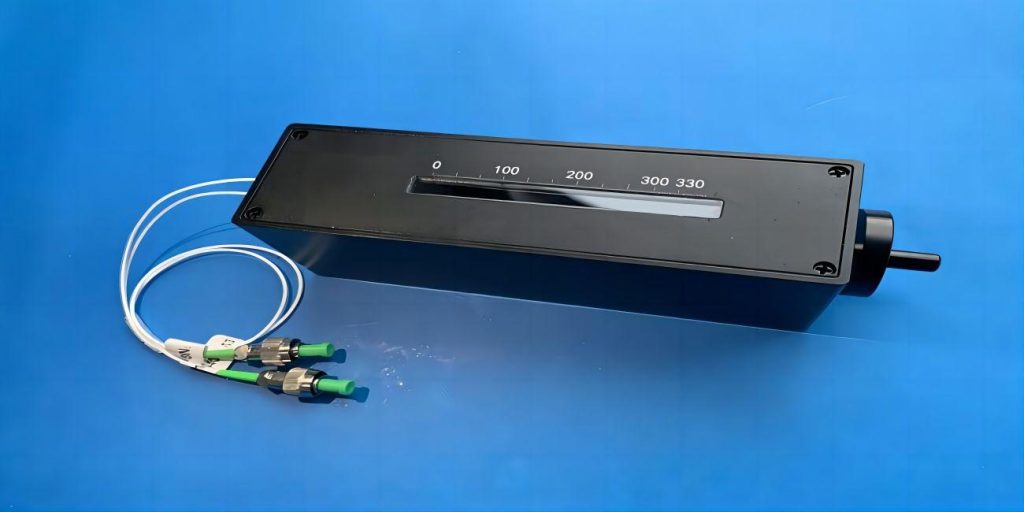
The Inner Working Principle of Optical Delay Lines (ODLs)
An optical delay line (ODL) is a specifically designed component that functions by intentionally introducing a measurable time delay into an optical signal. It achieves this by manipulating the physical distance that light travels within the device itself. Here’s a breakdown of the core principle:
1. Light Speed in Different Environments: Light travels incredibly fast, but its speed is not constant. In a vacuum, light travels at its maximum speed, roughly 299,792,458 meters per second. However, when light enters a material like an optical fiber, it interacts with the material’s atoms, causing it to slow down.
2. Path Length Manipulation: ODLs exploit this difference in speed. By increasing the path length that light travels inside the ODL compared to a straight path, the light pulse experiences a measurable delay. In simpler terms, the longer the light travels within the ODL (due to a longer path length), the longer it takes for the pulse to reach the output compared to a scenario with a shorter path.
3. The Delay Equation: This relationship between path length and delay can be precisely calculated using the following equation:
Delay (t) = Path Length (L) / Speed of Light in Medium (v)
In this equation:
- t represents the delay introduced by the ODL in seconds.
- L represents the physical length of the light’s path within the ODL in meters.
- v represents the speed of light in the medium used by the ODL (typically an optical fiber) in meters per second. It’s crucial to remember that v is always a value lower than the speed of light in a vacuum.
By manipulating the path length (L) within the ODL, we can precisely control the delay experienced by the light pulse (t). This ability to control the timing of light signals is what makes ODLs valuable tools in various applications.
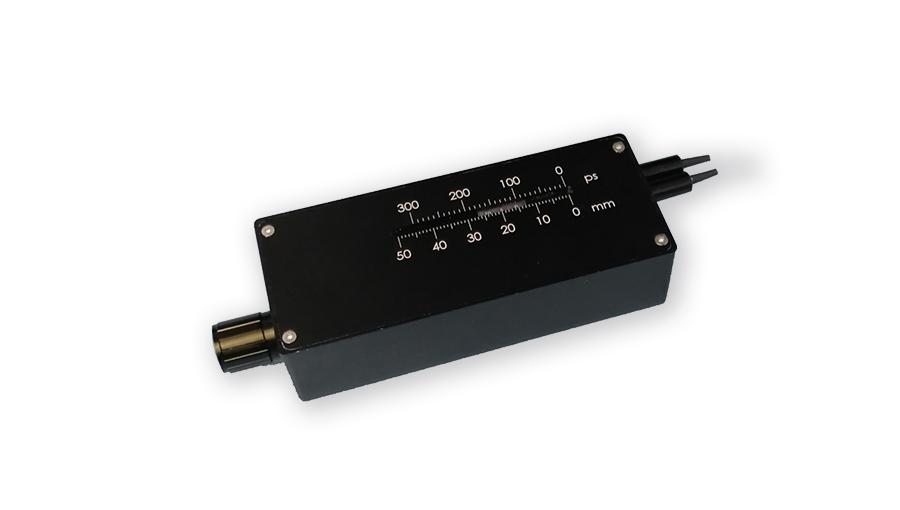
Applications of Optical Delay Lines
Optical delay lines play a crucial role in various applications that rely on precise timing control of light pulses. Here are some prominent examples:
- Optical Coherence Tomography (OCT): This imaging technique utilizes light to generate high-resolution cross-sectional images of biological tissues. ODLs are essential in OCT for compensating for path length differences between the reference and sample arms, ensuring accurate depth information in the final image.
- Fiber Optic Communication Systems: In long-distance fiber optic communication, different signal paths can introduce varying delays. ODLs can be used to equalize these delays, ensuring all signals arrive at the receiver simultaneously for proper data interpretation.
- Material Characterization: ODLs are valuable tools for studying the interaction of light with materials. By precisely controlling the delay between multiple light pulses, researchers can measure material properties such as refractive index and dispersion.
- Laser Pulses Shaping: ODLs can be used to manipulate the temporal profile of laser pulses. This is crucial in applications like laser material processing, where tailoring the pulse duration can impact the interaction with the target material.
Types of Optical Delay Lines
Optical delay lines (ODLs) exist in a variety of configurations, each catering to specific needs with its own set of strengths and weaknesses. Let’s delve deeper into the two main categories of ODLs:
A. Fixed Delay Lines
Fixed delay lines, as the name suggests, offer a pre-defined and unchangeable delay for the optical signal. They represent the simplest and most economical type of ODL, making them a popular choice for applications where a constant delay is required.
1. Fiber Optic Delay Lines: This type of ODL utilizes spools of optical fiber to create an extended path length that the light pulse must travel through. The core principle is straightforward: the longer the spool of fiber, the greater the delay introduced for the light pulse.
Advantages
- Simple design: Fixed fiber spools are easy to manufacture and implement.
- Low cost: Due to their basic design, fixed fiber optic delay lines are typically the most affordable option.
- Readily available: These ODLs are widely commercially available in various pre-defined delay lengths.
Disadvantages
- Limited delay range: Fixed fiber ODLs are limited to the delay achievable by their specific fiber length. Applications requiring a wider range of delays wouldn’t be suitable for this type.
- Bulky footprint: The longer the fiber spool is needed for a larger delay, the bulkier the overall ODL becomes. This can be a limitation in applications with space constraints.
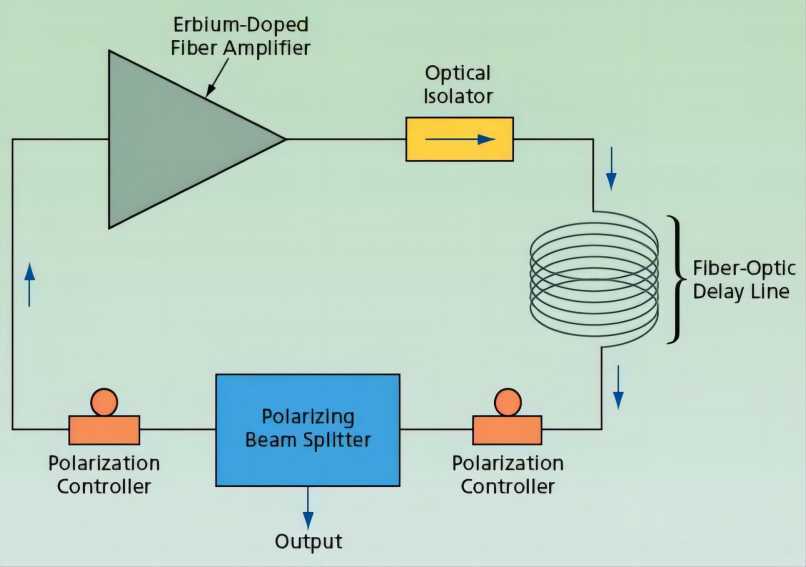
B. Variable Delay Lines
Variable delay lines provide the crucial ability to adjust the delay experienced by the light pulse. This flexibility makes them ideal for applications where the desired delay may change or needs to be fine-tuned.
1. Manual Adjustable Fiber Delay Line: This design incorporates a mechanism that allows for physical adjustment of the path length that the light travels within the optical fiber. There are two main approaches:
- Sliding spool design: A spool of fiber can be mounted on a movable platform, allowing the user to adjust the amount of fiber used and consequently the path length for the light pulse.
- Free-space configuration with movable mirrors: In this approach, mirrors are used to reflect the light pulse, and the distance between the mirrors can be physically adjusted to control the path length.
Advantages:
- Precise control over delay: Manual adjustments allow for fine-tuning of the delay to achieve the desired value.
- Relatively simple design: Compared to electrically controlled ODLs, manual designs are less complex.
- Moderate cost: While more expensive than fixed ODLs, they are generally more affordable than electrically controlled options.
Disadvantages:
- Requires manual adjustment: Adjusting the delay involves manual manipulation, which can be time-consuming and potentially introduce human error.
- Mechanical instability: If not handled with care, the physical adjustments can introduce slight movements that affect the stability of the delay.
2. Electrically Controlled Optical Delay Line (E-ODL): Electrically controlled ODLs (E-ODLs) represent the most sophisticated type of ODL. They achieve electronically tunable delays by employing a combination of:
- Motors: These motors are used to precisely move internal components within the ODL.
- Waveguides: These light-guiding structures define the path that the light pulse travels within the device.
- Control electronics: This electronic system controls the movement of the motors and ensures precise adjustment of the delay.
Advantages:
- Fastest response time: E-ODLs can adjust the delay electronically, leading to significantly faster response times compared to manual adjustments.
- Highly precise delay control: Electronic control allows for very precise adjustments of the delay, offering superior accuracy.
Disadvantages:
- More complex design: The inclusion of motors, waveguides, and control electronics makes E-ODLs more intricate to manufacture.
- Higher cost: The additional components and electronics translate to a higher overall cost compared to simpler ODL designs.
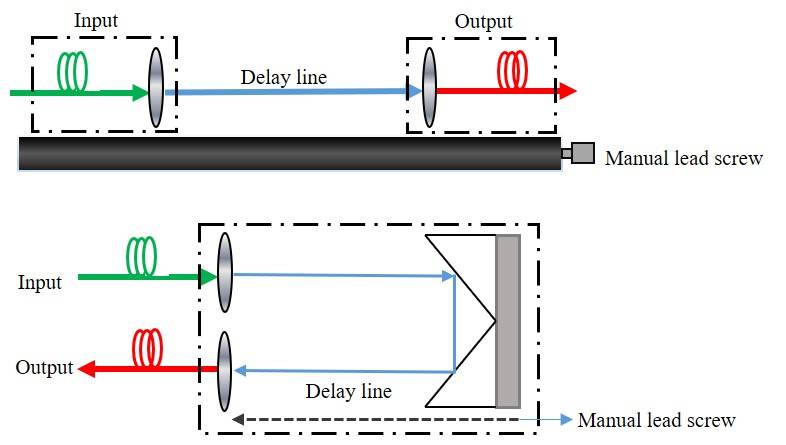
Choosing the Right ODL: Customized for Specific Needs
Choosing the most suitable optical delay line (ODL) for a specific application hinges on a critical analysis of several key factors. Here are several essential considerations to ensure you select the optimal ODL for your needs:
1. Required Delay Range
The primary consideration is the range of delay times your application demands. The chosen ODL must be capable of accommodating this entire range. For instance, if your application requires delays ranging from 10 picoseconds (ps) to 1 nanosecond (ns), you would need an ODL that can offer delays within this specific window.
2. Response Time: Fixed vs. Variable Delay
The need for dynamic control over the delay also plays a crucial role. Here’s how to choose based on this requirement:
- Applications Requiring Dynamic Delay Control: If your application necessitates the ability to adjust the delay during operation, a variable delay line is the optimal choice. This could be either a manual adjustable ODL (using a sliding spool or movable mirrors) or an electrically controlled ODL (E-ODL).
- Applications with Constant Delay Requirement: If your application requires a fixed delay that doesn’t need to be adjusted, a fixed delay line is the most suitable option. This is the simplest and most cost-effective type of ODL, making it ideal for scenarios where a constant delay is sufficient.
3. Cost Considerations
The cost of the ODL is another important factor. Generally, fixed delay lines are the most economical due to their simpler design. However, if adjustability is essential, the additional functionality of a variable ODL might be worth the higher cost.
4. Ease of Use
The level of user expertise required for the operation and maintenance of the ODL should also be considered. Here’s a breakdown of the different types based on ease of use:
- Fiber Delay Lines: These are the easiest to use, requiring minimal setup or configuration. They are ideal for applications where a constant delay is needed with minimal intervention.
- Manual Adjustable ODLs: These offer a balance between adjustability and complexity. While they allow for fine-tuning of the delay, they require manual manipulation, which can be time-consuming.
- Electrically Controlled ODLs (E-ODLs): These represent the most sophisticated and user-friendly option for variable delay control. However, they require more expertise for operation and maintenance due to the electronic components involved.
By carefully evaluating these key factors – required delay range, response time needs, cost considerations, and ease of use – you can select the most suitable optical delay line for your specific application.
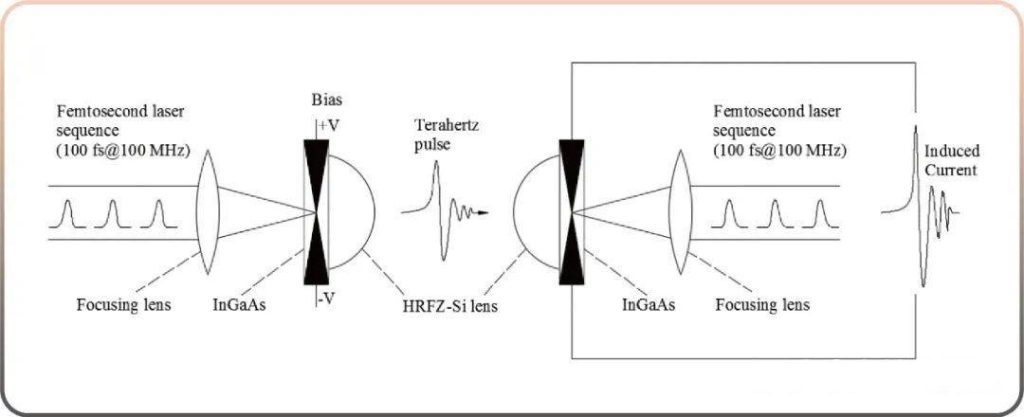
Conclusion
Optical delay lines play a vital role in ensuring precise timing control for light pulses across various scientific and technological domains. From enabling high-resolution medical imaging to optimizing communication systems, ODLs contribute significantly to advancements in numerous fields. As research progresses, we can expect even more sophisticated and versatile ODLs to emerge, paving the way for groundbreaking discoveries and innovations in the realm of photonics. If you want to know more about optical delay lines, please feel free to contact us.

